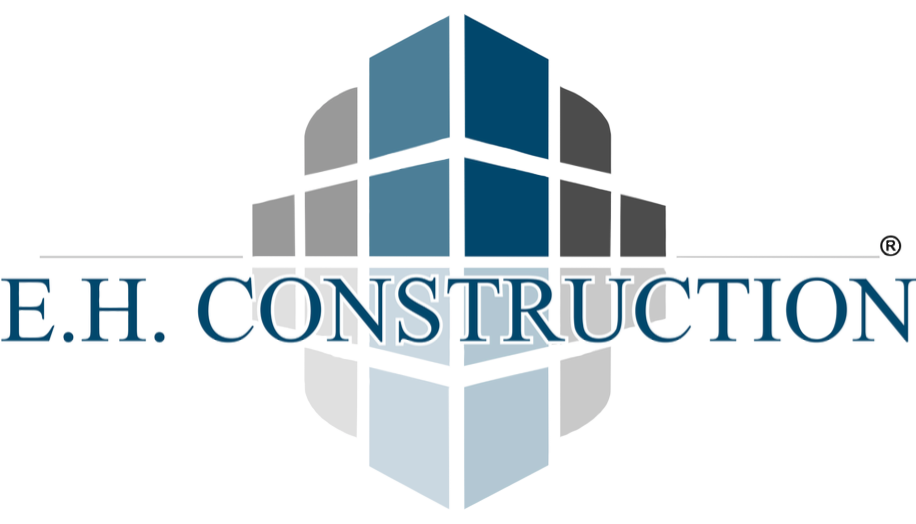Blog Title: Building Codes Homeowners Should Know (So You Don’t Accidentally Break the Law with Your Dream Deck)
Let’s be honest—when most people think of building construction, they imagine construction workers in hard hats, a backhoe digging a hole the size of a swimming pool, and a mountain of ready mix concrete being poured into wooden forms. What they don’t imagine is sitting at a kitchen table poring over blueprints, floor plans, and obscure legal codes that sound like robot instructions.
But here’s the thing: building codes are a homeowner’s best friend (even if they don’t seem like it at first). They keep your home safe, efficient, and legal—and if you ever want to sell or renovate, knowing the rules can save you a ton of stress, money, and change orders.
So whether you’re working with a general contractor, tackling a DIY project, or just planning your next upgrade, here are the building codes homeowners should absolutely know—in plain English (with a little fun sprinkled in).
1. Permit Me This
Before you install that Instagram-worthy pergola or finish your garage, make sure you’re pulling the right permits. Local codes often require permits for electrical, plumbing, or structural work—even if it’s just a “little” change. Your local construction company or custom home builders can help you figure out what's needed.
Skipping permits may save time now, but trust us: when you try to sell and the inspector asks, “Where’s the permit for this room addition?”—you’ll wish you’d followed the rules.
2. The Mighty GFCI
Your bathroom and kitchen outlets need GFCI (Ground Fault Circuit Interrupter) protection. Why? Because water and electricity don’t mix well (unless you’re trying to supercharge your morning coffee, which we don’t recommend).
Any outlet near a sink, tub, or exterior wall needs this life-saving feature. And yes, it’s part of standard electrical code in most areas. Bonus: It’s a pretty easy fix if you’re working with a knowledgeable contractor.
3. Smoke Detectors & Carbon Monoxide Alarms
These tiny devices are more than safety suggestions—they're required. Most codes say you need a smoke alarm in every bedroom, outside each sleeping area, and on every level of your home. And if you’ve got forced air heating/cooling or any gas-burning appliances, carbon monoxide detectors are a must too.
Don’t cheap out on these. Safety first. Always.
4. Foundation & Footing Rules
Thinking of building a shed or an ADU in the backyard? You’ll need to know the rules for footer (footing) depth, especially if you live in an area with expansive soils. Building too shallow could mean cracks in your foundation and nightmares later.
This is where L&T Construction, experienced home builders, and solid construction site prep come in handy. They know how to work with grade, soil type, and damp proofing needs.
5. Flashing & Roofing Codes
When it comes to your roof, flashing, felt (underlayment), and proper framing are non-negotiable. Roof leaks can damage your fascia, insulation, and framing faster than you can say “mold remediation.”
If you're re-roofing or replacing shingles, make sure you’re using fire-resistive materials, especially in wildfire zones. Codes often require it now—and it can save your home.
6. Staircases & Railings – Don't Trip Up
Got stairs? Then you've got rules. Stair height, tread depth, railing height, and spacing between balusters are all regulated. A wobbly or code-violating staircase isn’t just dangerous—it’ll get flagged during inspections faster than a bid without a cost code.
Make sure your builders or contractor know the latest local regulations. Or better yet, make sure you do too.
7. Attic & Crawl Space Ventilation
Good air circulation in attics and crawl spaces keeps moisture out and your home energy-efficient—especially if you're dreaming of a passive house or green building concept. Proper gable vents, insulation placement, and even frieze board (bird block) installation make a big difference and are often required by code.
8. Egress Windows – Escape in Style
If you’re converting a basement into a living space (hello, rental income!), every bedroom needs a legal egress window—big enough for a person to escape through in an emergency. This is non-negotiable.
Your floor plan and CAD (Computer-Aided Design) should reflect this, and your construction worker should know how to make it happen without violating code (or your neighbor’s fence).
9. Garage Conversions – Code Me Up, Buttercup
Turning your garage into a home office or gym? Not so fast. You’ll need to upgrade insulation, install proper electrical with GFCI, address foundation and flatwork conditions, and make sure ceiling height and window sizes meet the minimum requirements.
Also, don’t forget about change orders, cost-plus contracts, and daily reports—they help keep your project on track (and within code).
10. Building Materials – Code-Approved Only, Please
Your home needs more than just pretty materials—it needs code-compliant ones. This includes using green board (pressure-treated lumber) for moisture-prone areas, glulam (glued laminated beams) for structural support, and approved insulation. Even your choice of grain in lumber can impact its structural integrity.
And yes, professionals use BIM (Building Information Modeling) to plan this stuff down to the last nail.
Final Thoughts: Know Before You Build
Understanding building codes isn’t about making your life harder—it’s about protecting your investment, your safety, and your future self from pulling out your hair during an inspection. Whether you’re working with custom home builders, doing a remodel, or planning the cost to build a house from scratch, code knowledge is power.
So next time you’re at the construction site watching the backhoe break ground, just remember: the real magic is in the details—hidden in the codebook.
Need help navigating the maze? A seasoned general contractor or construction company can walk you through it. Just make sure they’re as code-savvy as they are handy with a hammer. 🔨
Because building your dream home shouldn’t feel like building a rocket ship. Unless that’s your thing—then we should definitely talk blueprints. 🚀
Still unsure about a code? Don’t wing it. Always check with your local building department.

